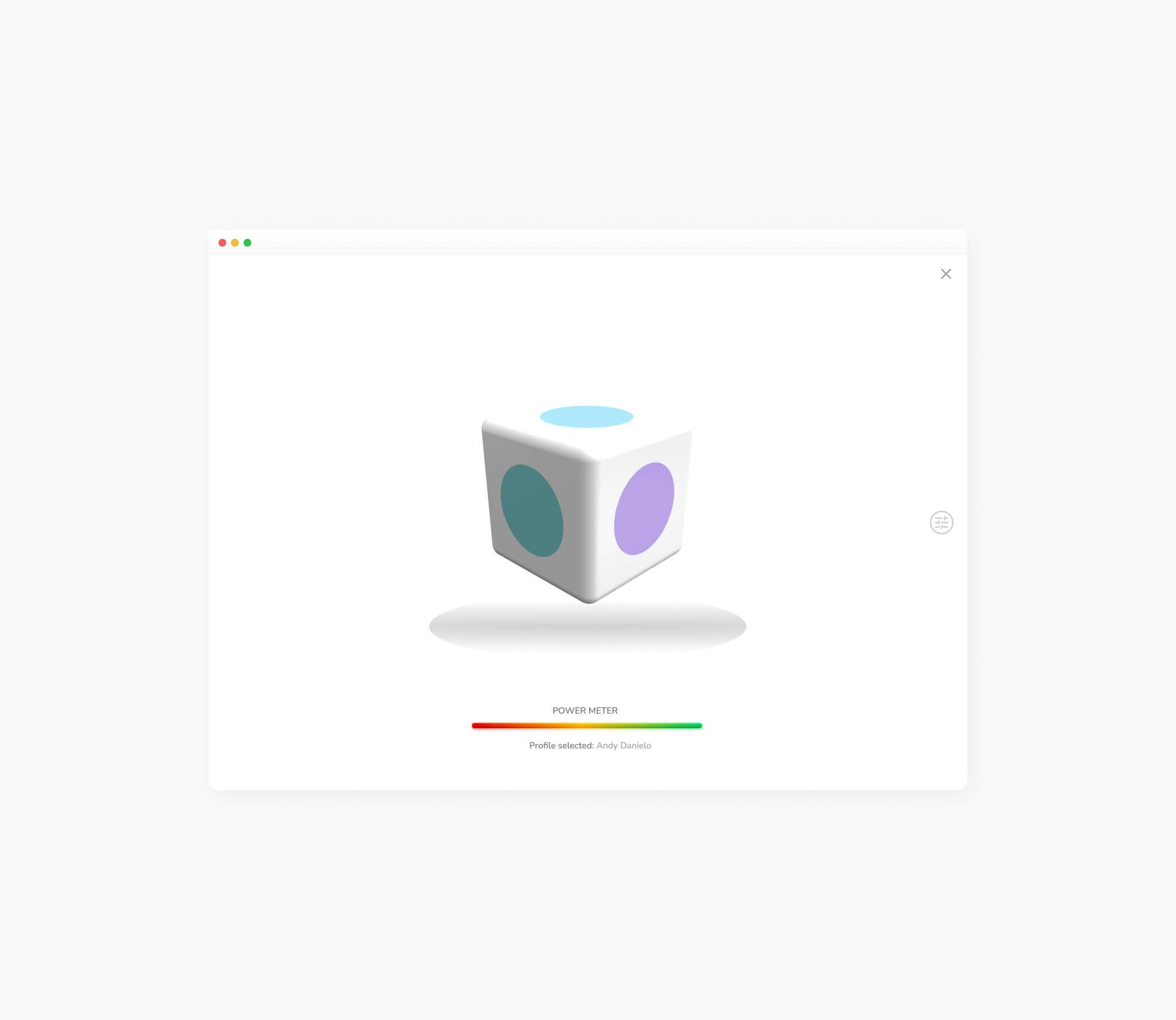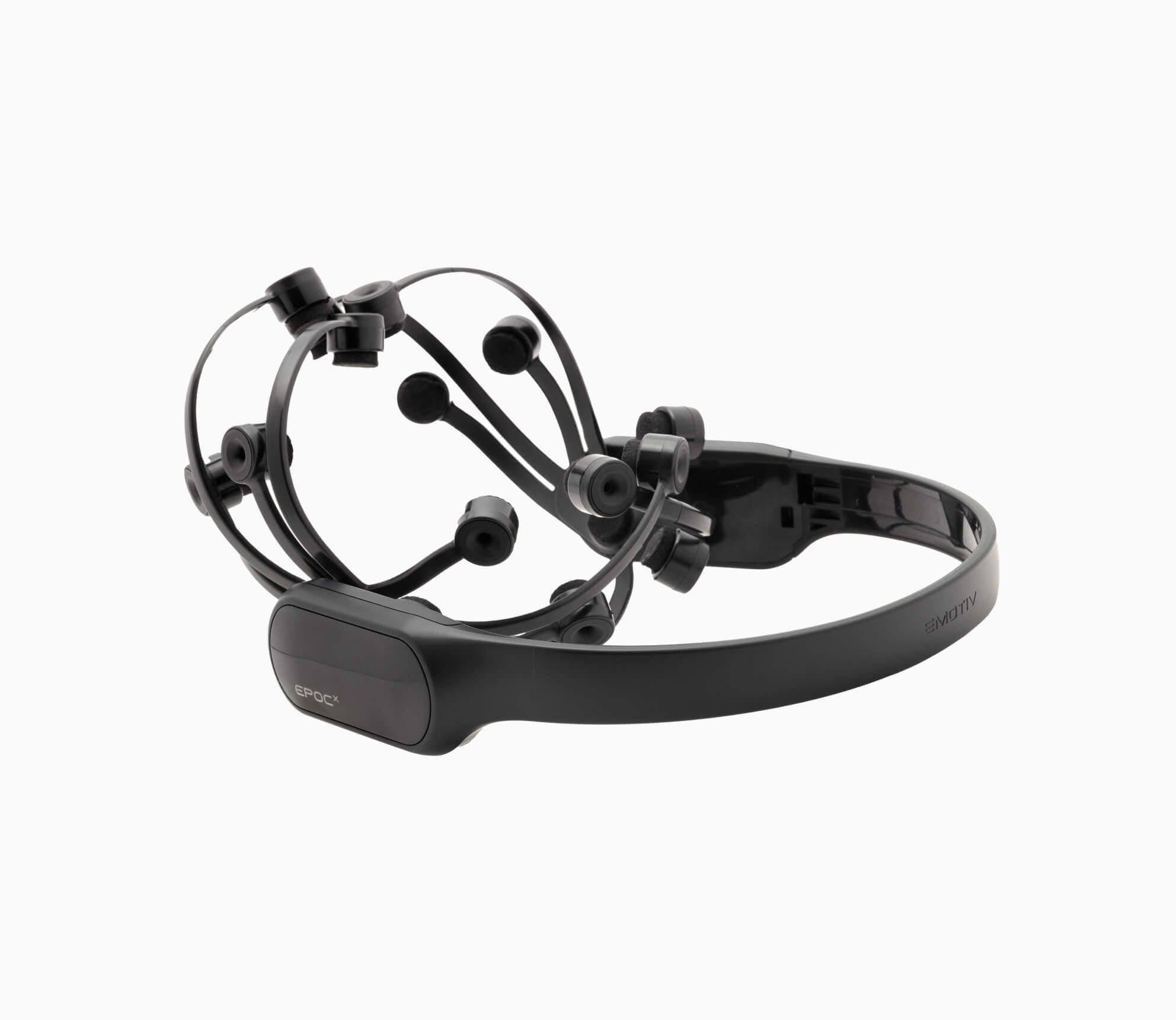*Disclaimer – EMOTIV products are intended to be used for research applications and personal use only. Our
products are not sold as Medical Devices as defined in EU directive 93/42/EEC. Our products are not designed or
intended to be used for diagnosis or treatment of disease.
Cart
0
Your cart is currently empty.
Start Shopping
Most searching
-
 EmotivBCI $0.00 /
EmotivBCI $0.00 / -
 EPOC X - 14 Channel Wireless EEG Headset $999.00 /
EPOC X - 14 Channel Wireless EEG Headset $999.00 / -
 EMOTIV EPOC+ Hydrator Pack $49.95 /
EMOTIV EPOC+ Hydrator Pack $49.95 /




